-
×
-
×
-
×
-
×
-
×
-
×
-
×
-
×
-
×
Golden Eyes Vampire Crab - Geosesarma Sp. - Decapod Crustacean 1 × £8.71
-
×
-
×
-
×
-
×
-
×
-
×
-
×
-
×
-
×
-
×
-
×
-
×
-
×
-
×
-
×
-
×
-
×
-
×
-
×
-
×
-
×
-
×
-
×
-
×
-
×
Subtotal: £757.39

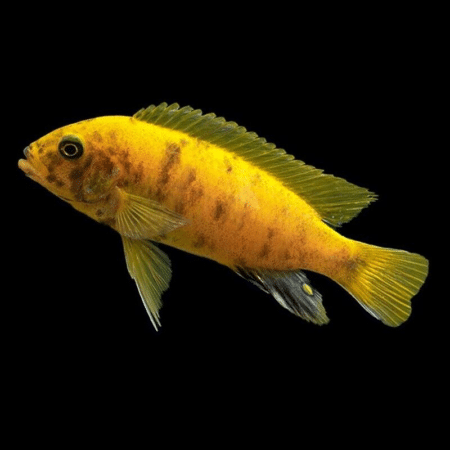



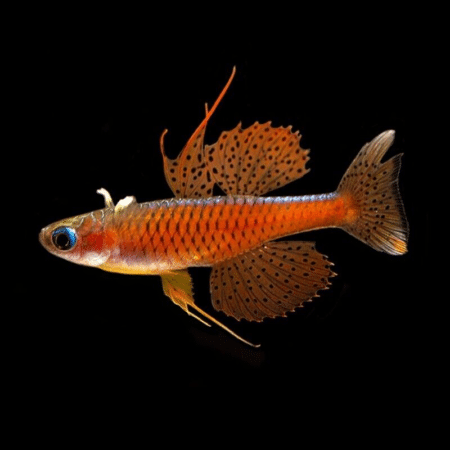



 Golden Eyes Vampire Crab - Geosesarma Sp. - Decapod Crustacean
Golden Eyes Vampire Crab - Geosesarma Sp. - Decapod Crustacean 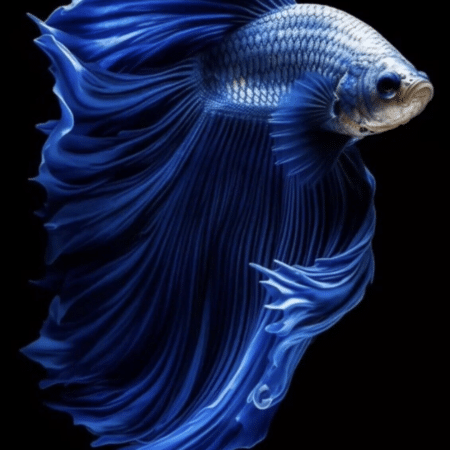



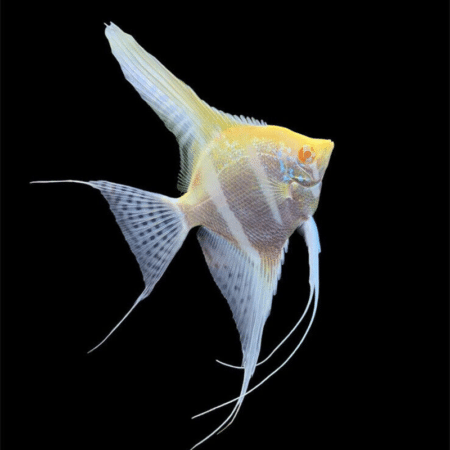


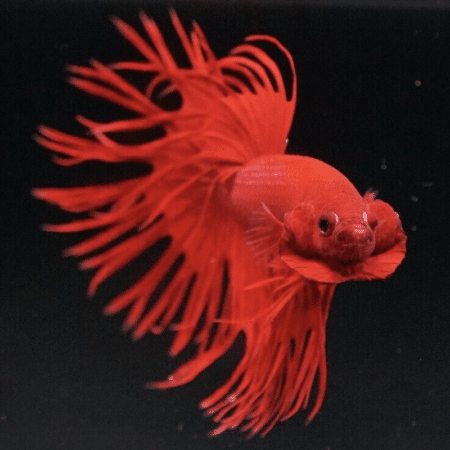
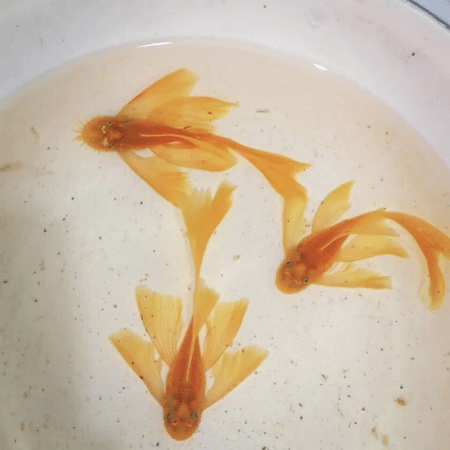
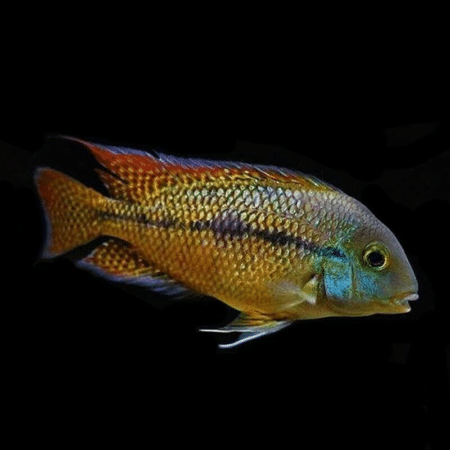

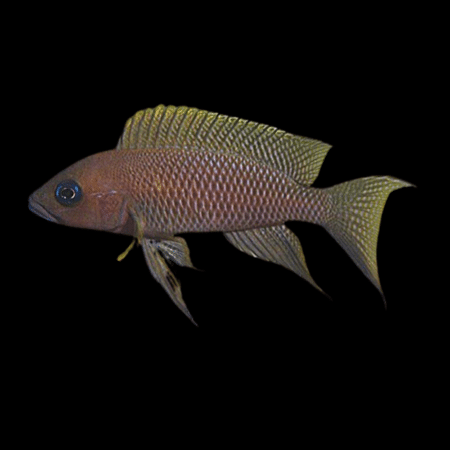

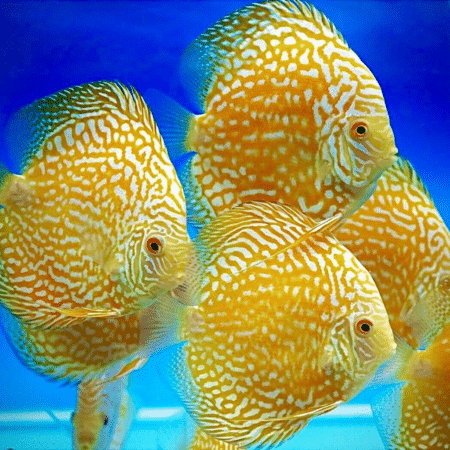





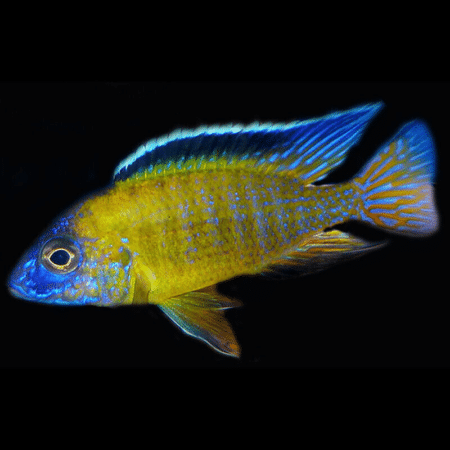
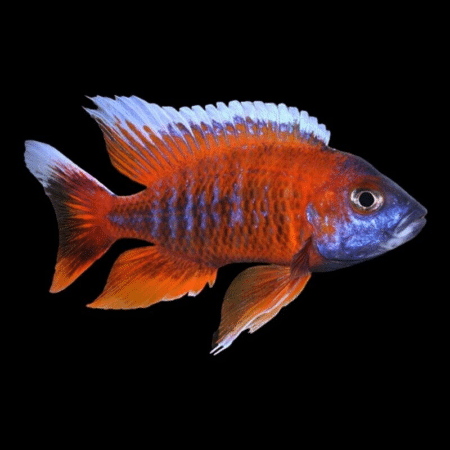
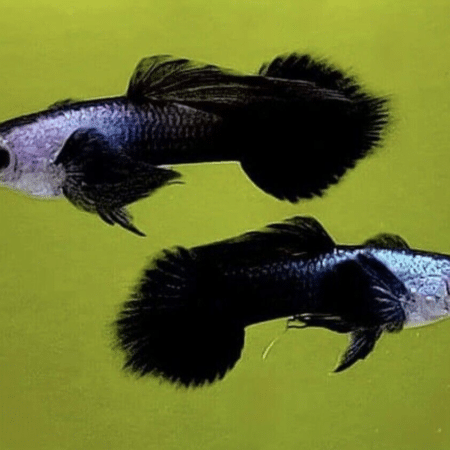

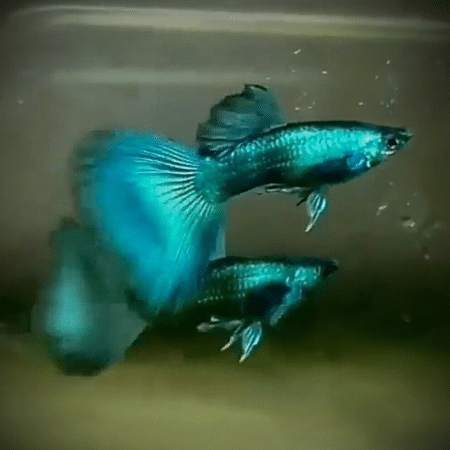



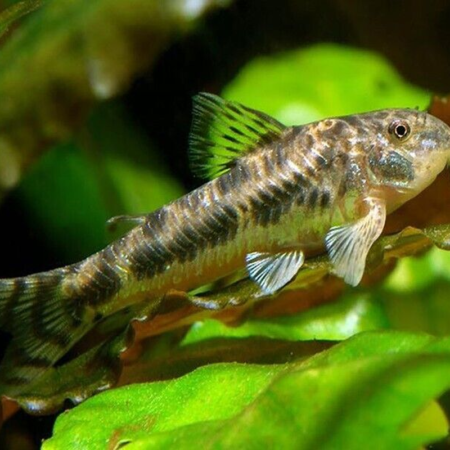

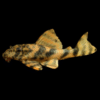
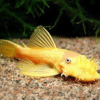








Emily Carter (verified owner) –
I recently added a group of Ceara Bulldog Corys (Aspidoras Spilotus) to my community tank, and I couldn’t be more thrilled! These little catfish are not only adorable but also incredibly active and friendly. After about two weeks in the tank, they have settled in beautifully, showing off their playful nature as they dart around and sift through the substrate. Their unique bulldog-like appearance adds such character to my aquarium.
Compared to other corydoras species I’ve kept, the Ceara Bulldog Corys seem more sociable and are always interacting with each other and the other fish. They love to form little schools, which brings a delightful dynamic to my setup.
I was a bit worried about compatibility with my other fish initially, but they have thrived alongside my tetras and guppies without any issues. Just a tip: make sure your tank has a soft substrate as they enjoy digging! I highly recommend these corydoras to anyone looking to enhance their aquarium with lively and engaging catfish. They truly bring joy and vitality to the tank, and I’m already planning to get more!
Emily Hart (verified owner) –
I recently added several Ceara Bulldog Corys (Aspidoras Spilotus) to my 20-gallon tank, and I couldn’t be happier! These little catfish have brought so much joy to my aquarium. After just a week, I noticed them exploring every nook and cranny of the substrate, and they seem to thrive on the biofilm that develops in the tank. Their playful nature is wonderful to watch, and they interact beautifully with my other fish, making them ideal companions.
What I appreciate most is their friendly demeanor; they’re so peaceful and perfect for community tanks. The care they require is minimal, and they really help keep the aquarium clean by scavenging for leftover food. Compared to other corydoras I’ve owned, these bulldogs have a more vibrant personality and are incredibly active.
One small consideration is that they do appreciate some hiding spots, so I added a few rocks and a small plant, which they love. If you’re looking for an adorable and engaging fish, I highly recommend these little catfish for both beginners and seasoned aquarists. They truly enhance the experience of maintaining a beautiful aquarium!